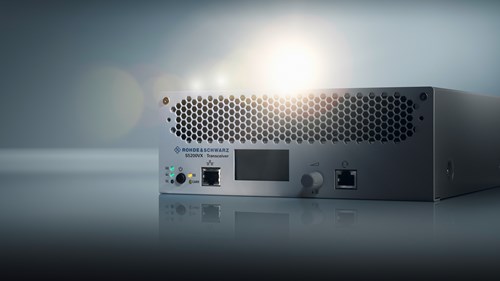
If no ATIS available simply say no Information or dont mention it, Listen out for ‘‘on initial contact say you have xxxx’’ First Listen to the atis to get the information !!!.Things in BOLD Change depending on situation and place. Which is why this is the hardest ‘‘job’’. if its Top Down service, you ask the centre for everything, Clearance, Taxi, Takeoff, Landing. If there is a Centre, make sure first the centre operates top down, which means he operates airports and in the air actions, some Centres only operate aircraft above FL245. Also if there is no Centre, you should contact Approach after takeoff.
#Tune atc radio to ground plus#
If there is only Approach, you do the same as all things above, plus you get an approach phase from him. If there is only Tower, you ask him for clearance, p/s, taxi, takeoff / landing clearance. If there is only Ground, you ask him for clearance and P/S, Taxi etc. If there is just Delivery at an airport, you ask him only for the clearance and then move to Unicom on 122.800. If you at an airport with no ATC not even centre, you just use the UNICOM on 122.800

If there is no atc around you, you can check via the left side of vPILOT, or on. So then the ATC will see you’re route etc. That’s your invitation to be chatty.Before you talk to ATC make sure you filed your flight plan on vPILOT, or what ever you are using, my clicking on ‘‘Flightplan’’ tab and filling the information there. That’s until the controller asks if it’s a beautiful day up where you are. Note that in all cases you can omit extraneous words like, “… we’re 25 miles southwest …” or “… we have Information Zulu.” It’s not the end of the world to say those things, but if you practice sticking to the essentials even when using a slow, comfortable pace, you’ll have much less trouble fitting in when things get busy and you cut your transmissions back even tighter.
#Tune atc radio to ground free#
Closed pattern.” Transmitting your registration, location, and the word request is acceptable as an opener at any time, so feel free to use it whenever you’re unsure. The follow-up might only include: “Old City Approach, Diamond 3498C, Zulu. In this case, your first transmission might be (after finding a break): “Old City Approach, Diamond 3498C, 25 southwest, request.” Then you wait for the controller to ask you for more details when that controller has time to listen.


Contact Newton Approach 124.45.” That’s a different story. Inbound for closed pattern.”īut now imagine when you tuned in to that frequency you heard the controller tell that Cessna, “Cessna 28N, climb and maintain 5000. You could transmit, “Old City Approach, Diamond 3498C, 25 miles southwest of Old City, Information Zulu. Have great day.” You know this controller isn’t that busy. You tune the Approach frequency and hear the controller tell another airplane, “Cessna 28N, climb and maintain 5000. Imagine you’re calling a Class C Approach Control from 25 miles southwest of the airport, with information Zulu, and want to do pattern work.

Match that rhythm and amount of content as best you can. When it’s an ATC frequency, also listen to the speed-well, really the rhythm-of the controller’s speech. Not only does this reduce the chances you’ll block someone else’s transmission with yours, it lets you know if this is a busy frequency or a quiet one. Rule Number One before transmitting on any frequency is tuning that frequency and listening for several seconds. Communication with ATC is partly what you say, and partly how you say it.


 0 kommentar(er)
0 kommentar(er)
